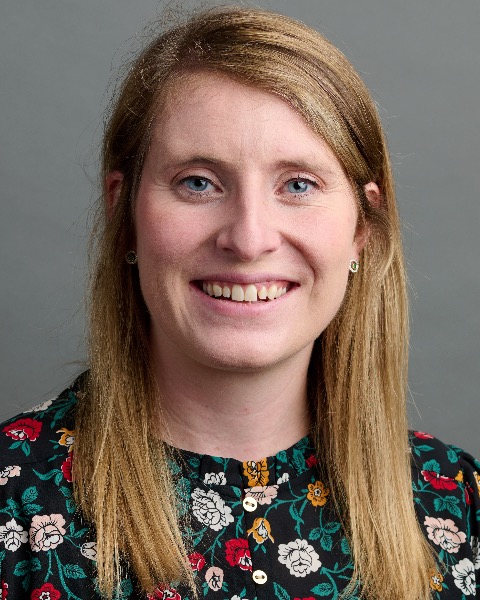Hospital Medicine 6: Clinical
Session: Hospital Medicine 6: Clinical
542 - Growth in Medical Complexity on a Hospital Medicine Service
Sunday, April 27, 2025
8:30am - 10:45am HST
Publication Number: 542.5267
Olivia Post, Cincinnati Children's Hospital Medical Center, Loveland, OH, United States; Melanie E. Cole, Cincinnati Children's Hospital Medical Center, Dayton, OH, United States; Matthew Molloy, Cincinnati Children's Hospital Medical Center, Cincinnati, OH, United States; Jasmine Parker, Cincinnati Children's Hospital Medical Center, Cincinnati, OH, United States; Rachel Peterson, Cincinnati Children's Hospital Medical Center, Cincinnati, OH, United States; Patrick W. Brady, Cincinnati Children's Hospital, Cincinnati, OH, United States; Joanna Thomson, Cincinnati Children's Hospital Medical Center, Cincinnati, OH, United States

Olivia Post, MD (she/her/hers)
Hospital Medicine Clinical Fellow
Cincinnati Children's Hospital Medical Center
Cincinnati, Ohio, United States
Presenting Author(s)
Background: Medical and technological advances have contributed to a growing population of children with medical complexity (CMC). Understanding trends in hospitalizations of CMC over time, particularly on general pediatric hospital medicine services, is of critical importance. The shifting makeup of pediatric hospitalizations has implications related to resources and skillsets needed to provide care for CMC, cost of that care, and duration of hospitalization.
Objective: To examine trends in the degree of medical complexity of children discharged from general pediatric hospital medicine services over the past decade.
Design/Methods: We conducted a cross-sectional analysis of discharges from the Hospital Medicine (HM) services at a quaternary children’s hospital between 2014 and 2024. We evaluated patient complex chronic condition (CCC) categories using problem list diagnoses. We calculated the percentage (%) of annual discharges accounted for by patients with diagnoses in 3+ CCC categories as well as the % with a diagnosis in each CCC category. We also examined % of annual discharges for patients with a technology dependence CCC.
Results: From 2014-2024, there were 86,493 discharges from our HM service. The annual number of HM discharges increased over the study period by 67% (6,168 vs. 10,280). The % of HM discharges with diagnoses in 3+ CCC categories increased from 3.3% in 2014 to 6.1% in 2024 (Figure 1). The % of discharges increased for almost every CCC group with a near doubling in both neurologic and gastrointestinal conditions (Figure 2). Neurologic conditions and medical device/technology requirement remained the first and second most common CCC categories, respectively, over the study period. The percentage of HM discharges with technology dependence increased from 4.6% to 8.1% (Figure 3).
Conclusion(s): Throughout the study period, there was an increase in both the total number of patient encounters as well as the proportion of those with diagnoses in 3+ CCC categories and technology dependence. The observed growth in medical complexity has implications for both resource allocation and clinical care activities during hospitalization.
Figure 1.
Image 11-4-24 at 10.55 AM.jpegPercentage of HM discharges with diagnoses in 1, 2, or 3+ CCC categories by year.
Figure 2.
Image 11-4-24 at 10.55 AM.jpegPercentage of HM discharges with a diagnosis in a specific CCC category by year.
Figure 3.
Image 11-4-24 at 10.56 AM.jpegPercentage of HM discharges with a technology dependence CCC by year.

